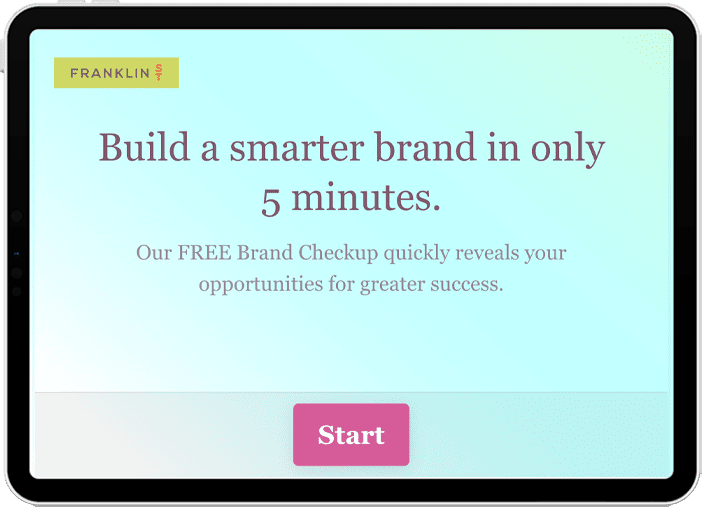It’s likely your healthcare organization or physician practice has taken steps to become more patient-centered in delivering care. This may mean customer service initiatives and improving wait times. But what about your website? Today’s health care audiences have a “Web-first” mindset when it comes to seeking health care solutions. Is your website patient-centered?
Here’s a checklist of 15 indicators that can help determine if your hospital or provider’s website is patient-centered.
1. Is My Website Responsive?
We all know Google rewards mobile-friendly websites with improved search rankings. But ultimately, your website’s goal is to make it easy for your audiences to access the information they need. Responsive design helps achieve that goal.
2. Is My Website Written to an 11th-Grade Reading Level or Below?
A study in the Jan/Feb issue of Journal of Healthcare Management suggests that many hospital websites are written at a graduate degree level. That’s too high to ensure your hospital’s content connects with the majority of audiences who may be viewing your site. Instead, try to write content from a 11th-grade reading level or below.
3. Does My Website Avoid Jargon and Acronyms?
Your prospective patients are likely not experts in the medical field. Medical jargon and acronyms are confusing to your audience.
4. Does My Website Appeal to Hearts and Minds?
Your patient and caregiver audiences may be feeling overwhelmed, nervous or worried when they visit your website. After all, their lives and their loved ones lives may be at stake. Is your website content written from a calm, compassionate perspective? As Zig Ziglar once said, Only when a person knows how much you care do they care about how much you know.
5. Is My Website Designed and Written from The Perspective of the Patient Journey?
Patient-centered websites are designed to provide meaningful information to patients at all steps on the patient journey: from overall awareness, to consideration, intent to choose services, and to those patients currently receiving medical care and post-care.
6. Does My Website Offer Ways to Learn More and Access your Services?
Every page of your website should offer solutions to learn more and access your services. This may mean a call center telephone number, live chat feature, online appointments, or even to register for upcoming events and email newsletters. Patient-centered websites give audiences meaningful ways to take the next step in accessing care and healthcare solutions.
7. Does My Website Allow Hospital Representatives to Promptly Follow up with Requests?
Patient-centered healthcare brands promptly respond to requests from prospective patients, current patients and caregivers. Are your clinical team and customer service representatives fully engaged in follow-ups from your website portals on a timely basis?
8. Is My Website’s Service Line Content Up-to-Date?
Your organization is constantly changing. Have you done a recent audit of your website content to ensure your latest technology, service offerings, physicians and other resources are up-to-date?
9. Is My Website Optimized for Search?
Search Engine Optimization (SEO) is an ongoing process for patient-centered websites. When audiences have health care needs, your website should be close at hand to provide help and solutions. For more information on SEO, read this post.
10. Does My Website Leverage Video?
Video is often the preferred medium for health audiences to learn more about services and healthcare solutions. Does your website provide video content to answer questions, explain medical conditions and treatment options?
11. Does My Website Offer Downloadable/Printable Content?
Many people search the Web for health information and once they find what they are looking for, they often prefer to read the information on a printed page. (Especially when the information is medically-related, which can be overwhelming for audiences.) Does your website offer print-friendly page options? In addition, what information can you repurpose as PDF files that health audiences can easily download and print or view later?
12. Does My Website Offer Relevant Email Newsletters?
Patient-centered websites offer audiences the opportunity to opt-in to receive email content that is relevant to their health interests. This doesn’t mean a general community newsletter. Instead, provide opportunities to share content based on your audience’s preferences.
13. Does My Website Offer Ways to Help Coordinate Care?
Your website may offer portals to Electronic Medical Records. But if your health system is to serve as an Accountable Care Organization, what other ways can your website help audiences coordinate their care? This may mean links to resources or phone numbers for representatives that can assist your audiences.
14. Does My Website Provide Tools for Accessing Our Organization’s Quality?
Many health audiences visit healthcare websites as part of the decision-making process for choosing providers. What resources does your website offer to help audiences identify how to evaluate your health system’s ability to provide high quality care?
15. Does My Website Seek Inspiration Outside Health Care?
Your audience is evaluating your hospital’s website not by other hospital sites, but with sites they visit more frequently, like Amazon and eBay. Having a patient-centered website means constantly searching for new trends, user features and site navigation that helps your audiences to have an exceptional experience.

